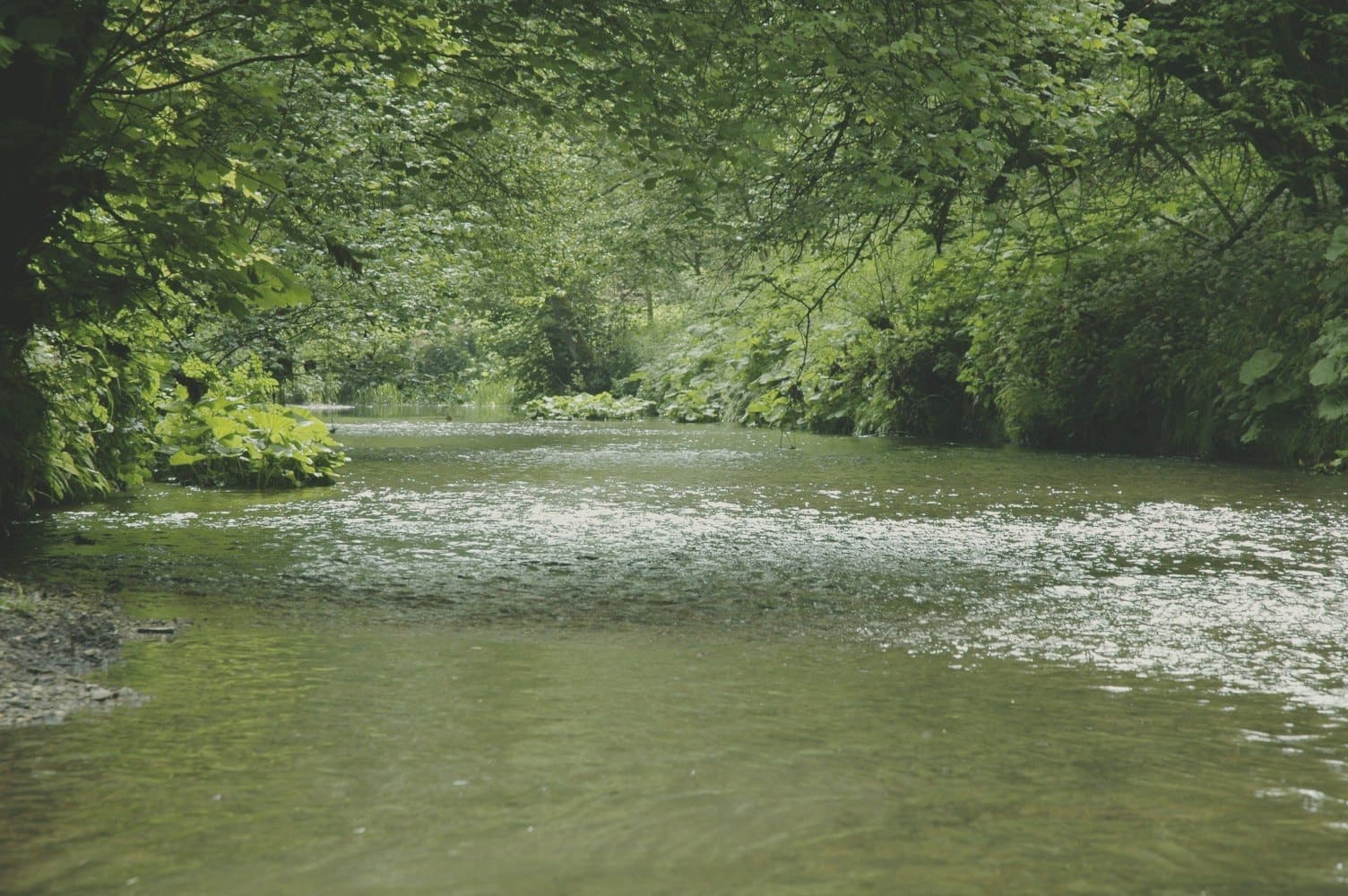


To find flats on online maps, look for large, open areas of water with sandy, muddy, or grassy bottom. You can try to go catch fish armed with this information, but if you want to shortcut the whole process and want someone to tell you the exact types of spots they’re biting in, and what they’re feeding on, you can join us in the Insider Club.Įvery Friday, we do a weekend gameplan where we’ll give you the current trends so you don’t have to figure them out yourself.Ĭlick here to learn more about the Insider Club. Where exactly the fish are and what they’re feeding on will be largely influenced by things like weather, tide, current, season, and wind. Now that you’ve found a flat, and you know where the fish are likely to be, it’s time to actually catch them. You’ll most likely find fish in areas that have both types of structure.įor example, an oyster bar with a drop-off next to it.

They like structure because it gives them ambush points, as well as protection from bigger predators like dolphins. Predator fish, such as redfish, trout, snook, and flounder, like structure. In the Carolinas, you want to look for areas of open water that might have oyster bars or cuts and troughs running through it. In Texas and Florida, the darker colors on the flat are areas of seagrass, where the lighter colors are sand or muddy bottom. You can see three different examples in the picture above of flats in Texas, Florida, and South Carolina. To make catching fish on the flats easier, we’ll break it down to three steps:Ī flat is a shallow open body of water with muddy, sandy or grassy bottom. Click here to claim your FREE pack of Slam Shady paddletails


 0 kommentar(er)
0 kommentar(er)
